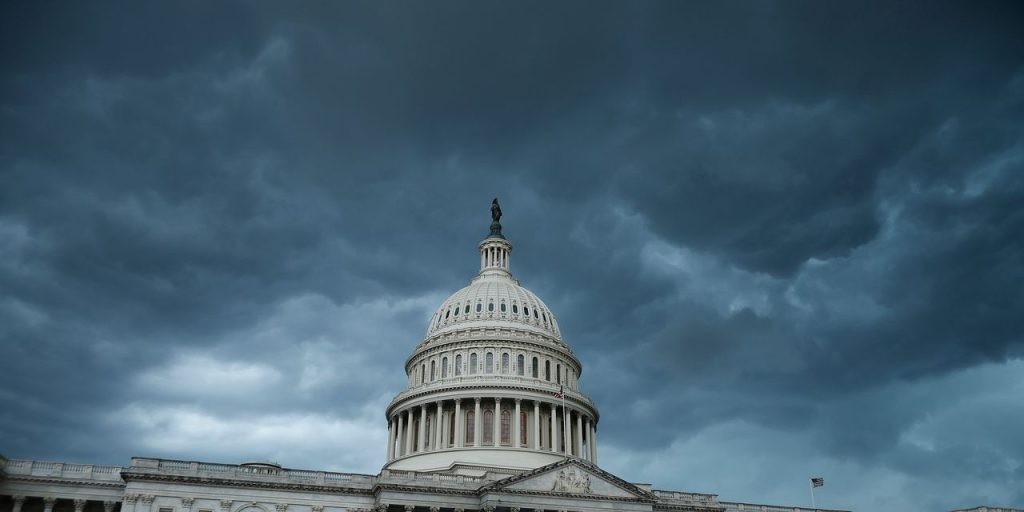The U.S. government faces a significant risk that it will no longer be able to pay all of its obligations “at some point in the first two weeks of June” if Congress doesn’t raise the federal borrowing limit, the Congressional Budget Office said Friday.
The nonpartisan agency’s projection falls in line with a forecast that Treasury Secretary Janet Yellen made on May 1, as she said her department’s best estimate is that it could become unable to continue to satisfy all obligations “by early June, and potentially as early as June 1.”
It also fits with an estimate released on Tuesday by a think tank, the Bipartisan Policy Center, which said the government is likely to have insufficient cash to meet all of its financial obligations as soon as early June.
“The extent to which the Treasury will be able to fund the government’s ongoing operations will remain uncertain throughout May, even if the Treasury ultimately runs out of funds in early June,” the CBO said. “That uncertainty exists because the timing and amount of revenue collections and outlays over the intervening weeks could differ from CBO’s projections.”
While a breakthrough hasn’t happened yet in Washington’s debt-ceiling standoff, there is increasing chatter about what could go into a bipartisan deal that ends the stalemate and avoids a market-shaking default.
See: Debt-ceiling standoff: Here’s what could go into a bipartisan deal
President Joe Biden and the four top U.S. lawmakers had planned to hold another meeting Friday on the debt limit after a parley on Tuesday, but it was postponed. A source familiar with the meetings called the delay a “positive” development, as staff work is continuing and Friday wasn’t yet the right time to re-convene Biden and the congressional leaders.
The CBO also said Friday that the government could end up staying solvent through the end of July without a debt-limit hike.
“If the Treasury’s cash and extraordinary measures are sufficient to finance the government until June 15, expected quarterly tax receipts and additional extraordinary measures will probably allow the government to continue financing operations through at least the end of July,” the agency said.
But it warned that if the debt limit is not raised or suspended “before the Treasury’s cash and extraordinary measures are exhausted, the government will have to delay making payments for some activities, default on its debt obligations, or both.”
“Those actions could result in distress in credit markets, disruptions in economic activity, and rapid increases in borrowing rates for the Treasury,” the agency said.
U.S. stocks
SPX,
DJIA,
were trading lower Friday.
In addition, the CBO updated a budget forecast on Friday, saying its “current projections show a federal budget deficit of $1.5 trillion for 2023 — which is $0.1 trillion more than the agency estimated in February.”
“The project cumulative deficit over the 2024–2033 period — $20.2 trillion — is about the same as the shortfall CBO projected in February,” the agency said.
“Measured in relation to the size of the economy, deficits grow from 6.0 percent of gross domestic product (GDP) next year to 6.9 percent in 2033 — well above their 50-year average of 3.6 percent of GDP.”
Read the full article here
